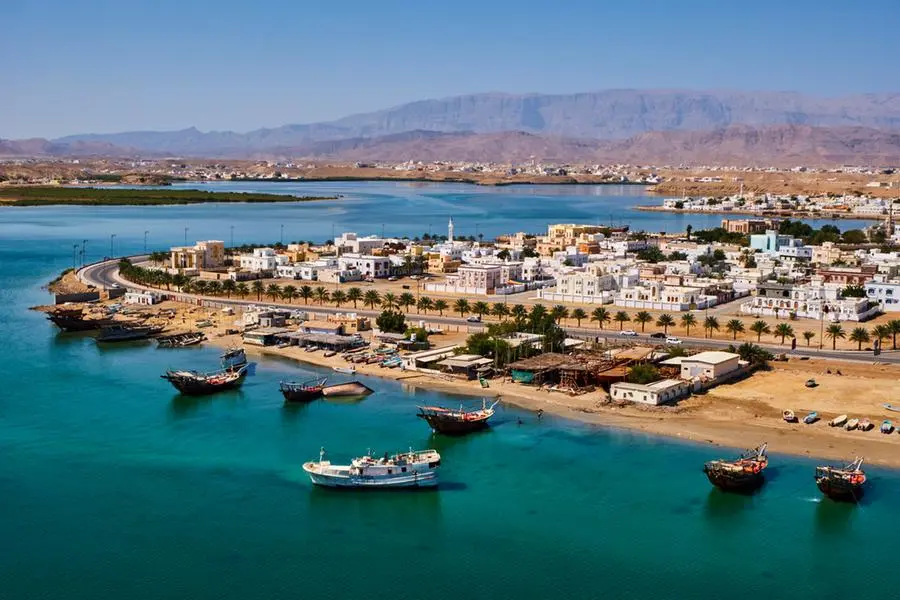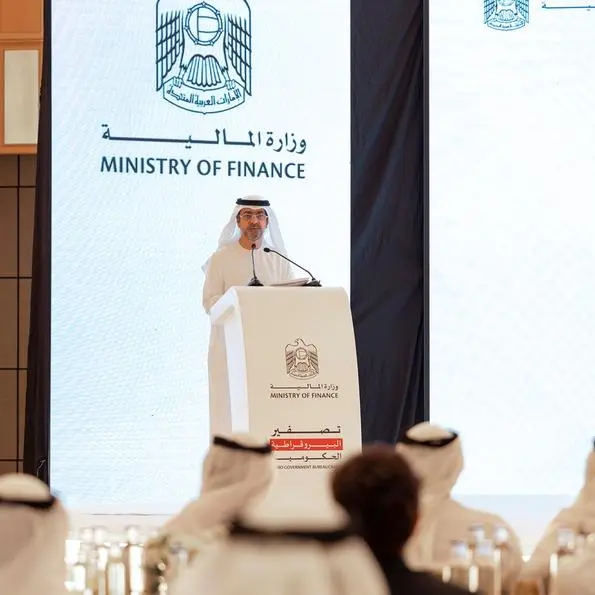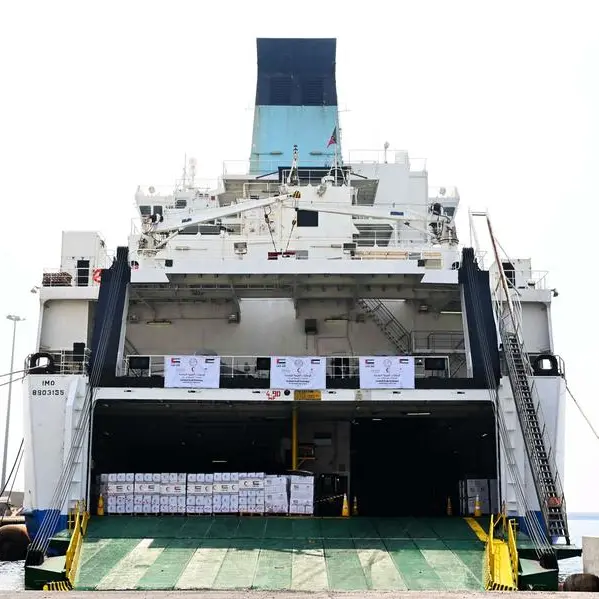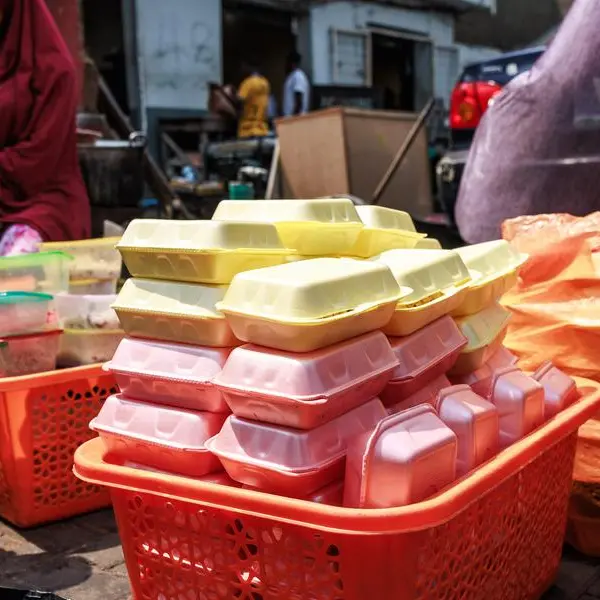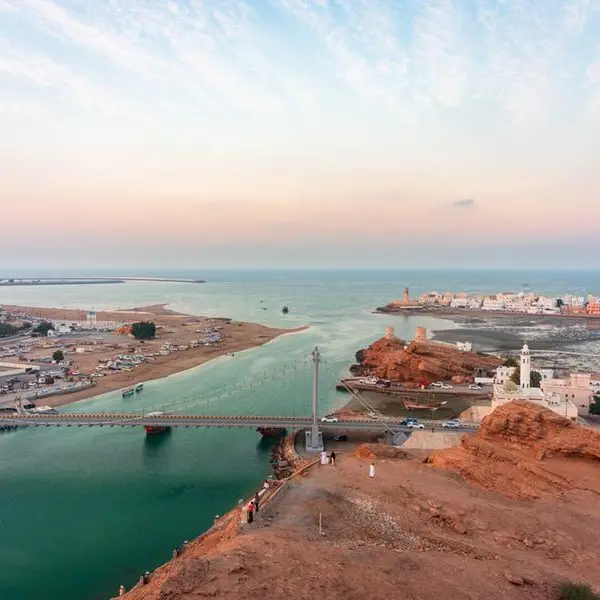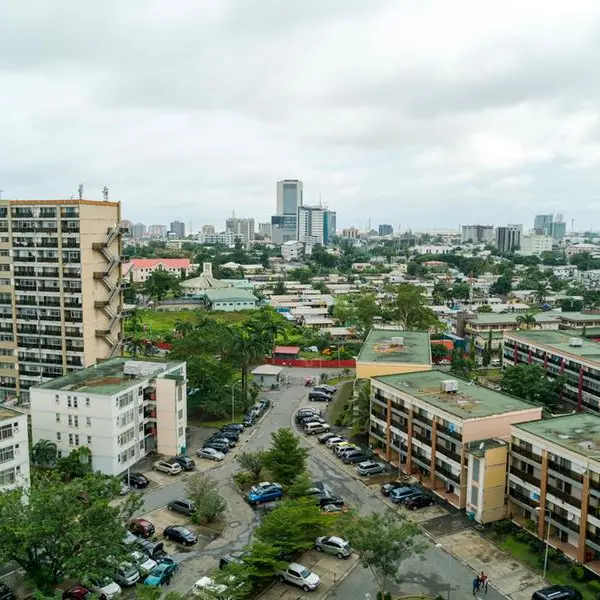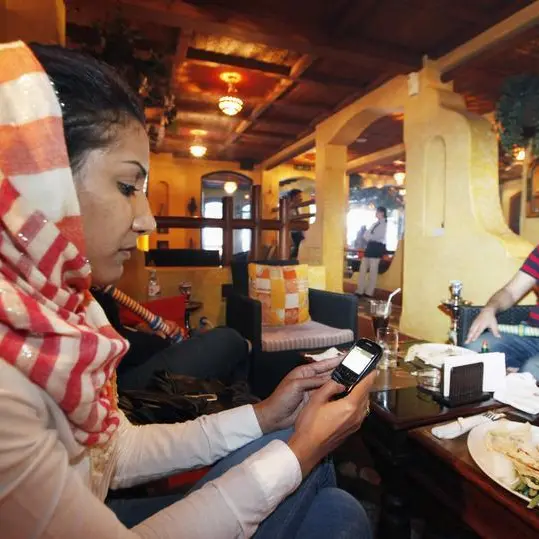PHOTO
Muscat – As part of efforts to strengthen historical and cultural ties between Oman and India, Foreign Ministry has appointed Oman Sail’s Capt Saleh bin Said al Jabri to oversee construction of a traditional ‘stitched ship’ in India. The vessel, inspired by Oman’s Jewel of Muscat, will replicate an ancient maritime journey from India to Muscat in 2025.
The initiative will mirror the 2010 voyage of Jewel of Muscat from Oman to Singapore, highlighting the historic trade routes that once connected Oman and India. During his visit to India, Capt Jabri shared insights from Jewel of Muscat’s journey, discussing the unique challenges encountered along ancient trading routes while emphasising the cultural significance of traditional shipbuilding techniques. “These methods hold deep historical value,” Capt Jabri said. “By reviving these, we’re preserving a rich maritime heritage.”
The stitched ship project, initiated by Sanjeev Sanyal, a member of Indian Prime Minister Narendra Modi’s Economic Advisory Council, is a collaboration between India’s Ministry of Culture, the Indian Navy and Hodi Innovations in Goa.
Inspired by a painting of a three-mast ship in Ajanta Caves, the stitched ship is being crafted on Goa’s Divar Island. The vessel’s construction involves stitches rather than nails, a technique once common in ancient India and used during the Mughal period. “This technique has largely disappeared for large vessels, although it survives for small fishing boats,” Sanyal explained, adding that the skills required for such intricate work are rare today.
Measuring 19.6m in length, the ship will be built entirely of wood. Construction began in September 2023 and is expected to be ready for its first voyage by February or March 2025.
According to Sanyal, the maiden journey will cover the historic route from Mandvi in Gujarat to Muscat. “If this voyage succeeds, a second is planned from Odisha to Bali, Indonesia,” he announced at a recent talk in Goa attended by Capt Jabri.
Reflecting on India’s ancient maritime history, Sanyal said, “Indian sailors have navigated the Indian Ocean for at least 5,000 years. We have evidence of Indian traders reaching the Middle East, including Oman, as far back as the Bronze Age, when copper trade flourished. The influence of Indian maritime culture extends across Asia, yet it remains underexplored in our historical discussions.”
The project stands as a testament to the enduring legacy of India’s maritime heritage and the cultural ties shared with Oman.
© Apex Press and Publishing Provided by SyndiGate Media Inc. (Syndigate.info).
